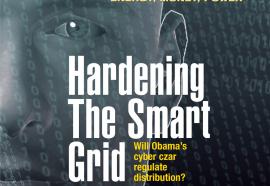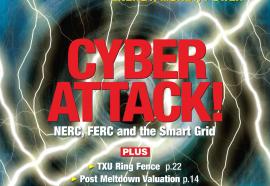Engaging Customers
Look to other industries for lessons on marketing services.
To get the most from smart-grid investments, utilities need to target customers most likely to participate in smart-grid programs. The new business case requires a new marketing strategy—and a new level of regulatory scrutiny.











